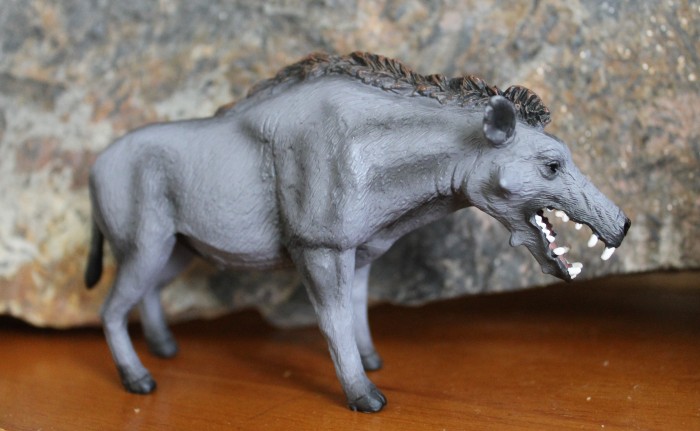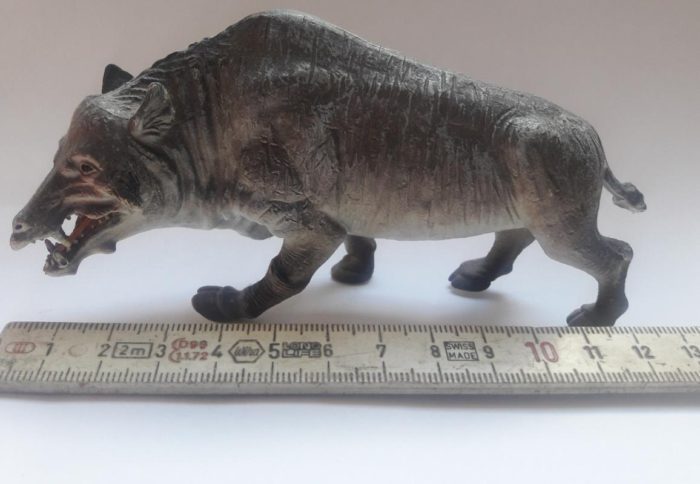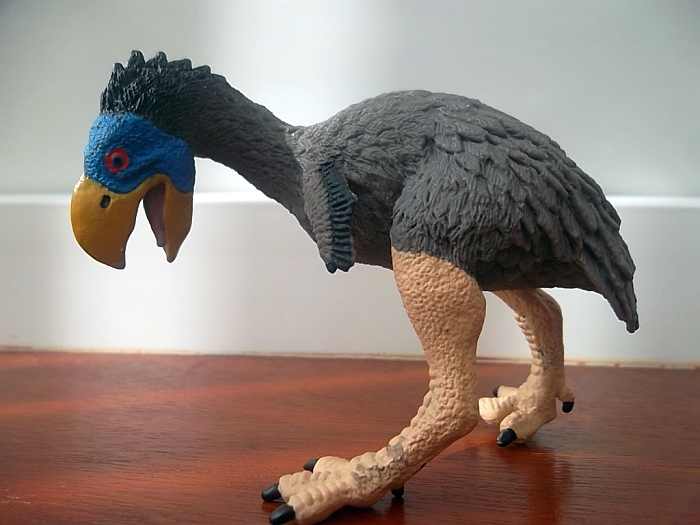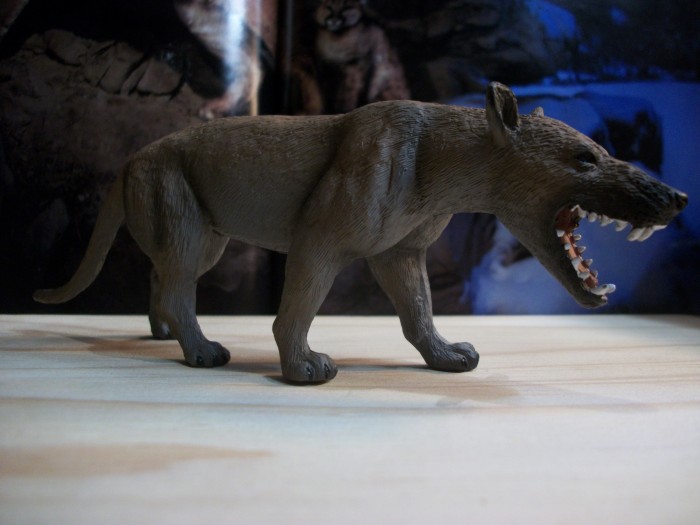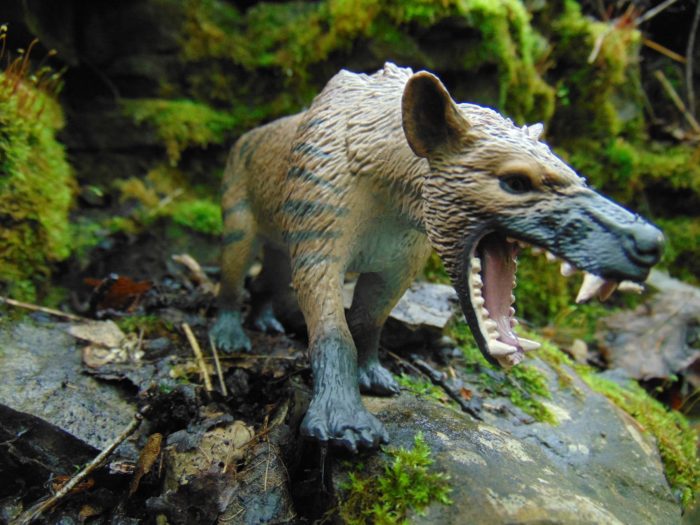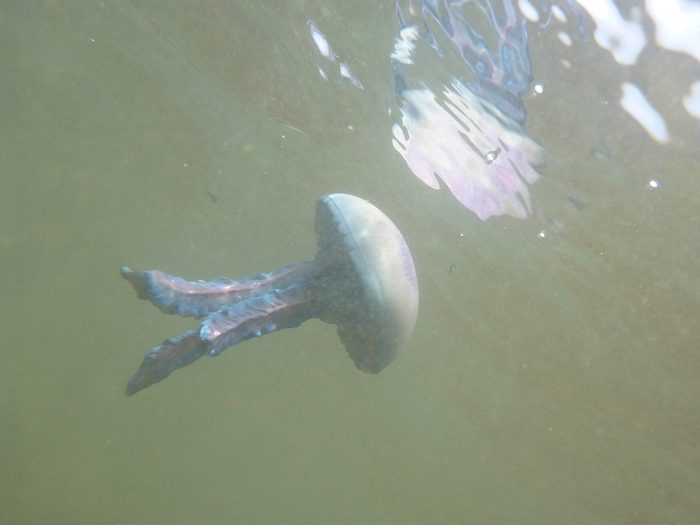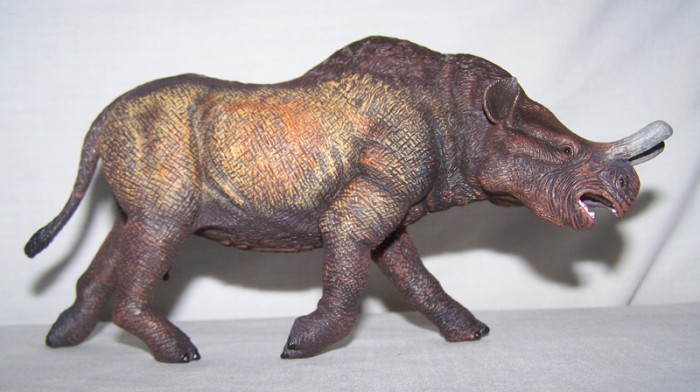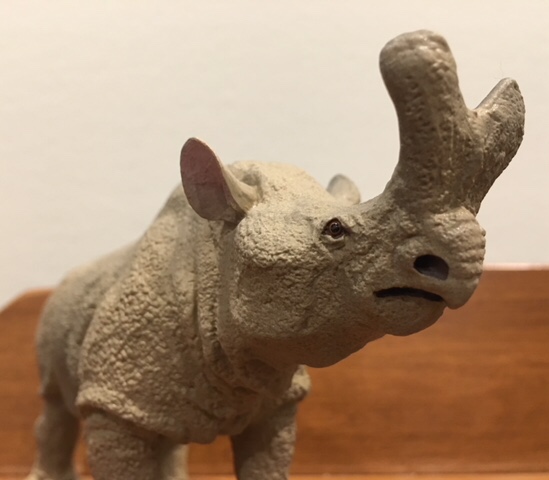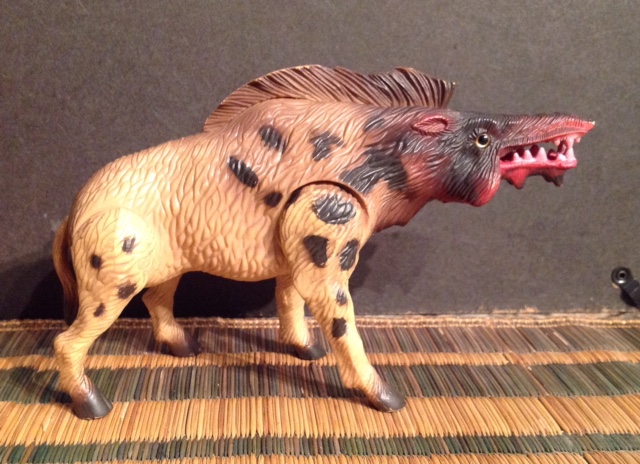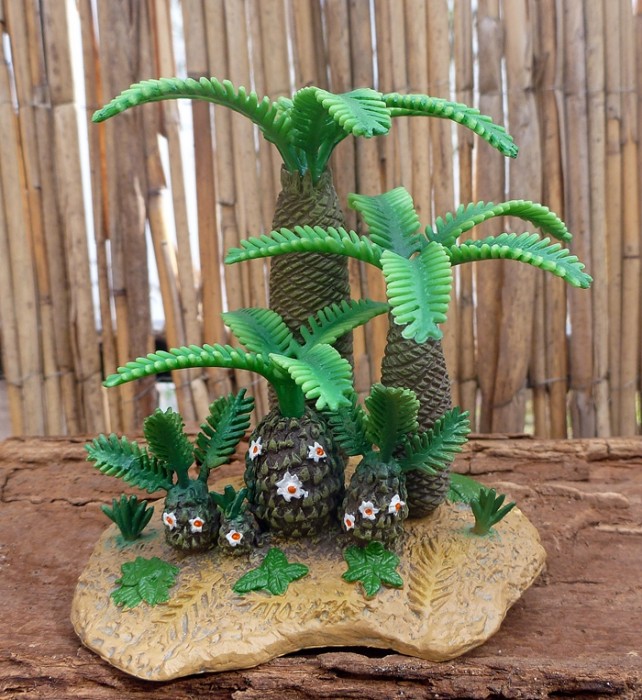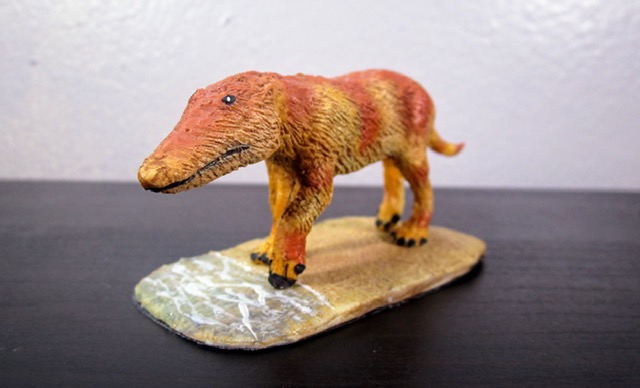Review: Embolotherium (Jurassic Hunters by Geoworld)

By now, we are all aware of the reputation of the Geoworld Jurassic hunters line: cheaply made figures, full of inaccuracies despite (false) claims of palaeontological approval and shameless plagiarism of palaeoartists. However, I wanted to investigate these figures personally, so I got a figure from each of the first three ‘expeditions’ and see what they were like.

